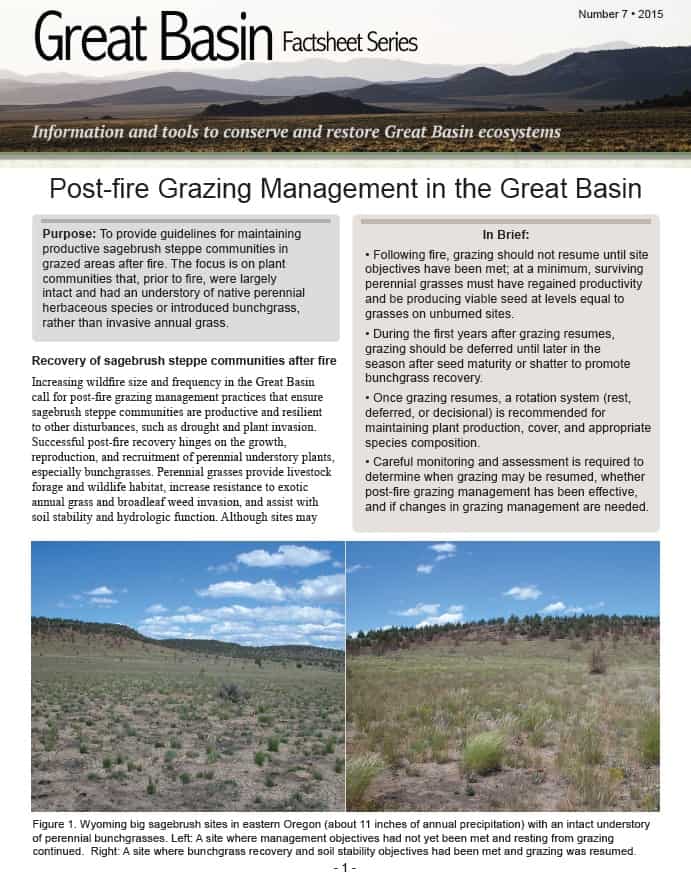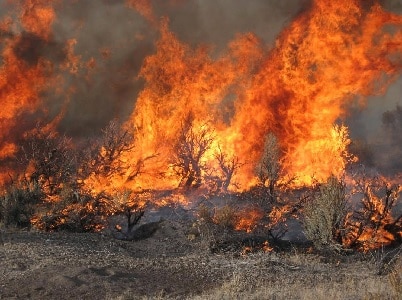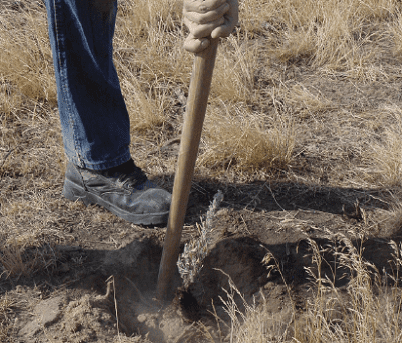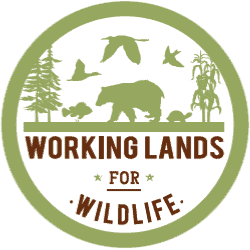Great Basin Fact Sheet No. 7: Post-Fire Grazing Management in the Great Basin
By: Kari E. Veblen, Beth A. Newingham, Jon Bates, Eric LaMalfa, and Jeff Gicklhorn
Summary:
Increasing wildfire size and frequency in the Great Basin calls for post-fire grazing management practices that ensure sagebrush-steppe communities are productive and resilient to other disturbances, such as drought and plant invasion. Successful post-fire recovery hinges on the growth of perennial understory plants, especially perennial grasses that provide livestock
forage and wildlife habitat. This fact sheet provides guidelines for maintaining productive sagebrush-steppe communities in grazed areas after fire. It focuses on plant communities that, prior to fire, had an understory of native perennials or introduced bunchgrass, rather than invasive annual grass.
In Brief:
- Following fire, grazing should not resume until site objectives have been met; at a minimum, surviving perennial grasses must have regained productivity and be producing viable seed at levels equal to grasses on unburned sites.
- During the first years after grazing resumes, grazing should be deferred until later in the
season after seed maturity or shatter to promote bunchgrass recovery.
- Once grazing resumes, a rot
- ation system (rest, deferred, or decisional) is recommended for
maintaining plant production, cover, and appropriate species composition.
- Careful monitoring and assessment is required to determine when grazing may be resumed, whether post-fire grazing management has been effective, and if changes in grazing management are needed.
Click here or on the image below to download a PDF of the full fact sheet.

This fact sheet is part of the Great Basin Fact Sheet Series compiled collaboratively by WAFWA, USFS, BLM, NRCS, RMRS, ARS, USGS, and FWS. The series provides land managers with brief summaries of current science concepts and management strategies related to conservation and restoration of the sagebrush sea.









